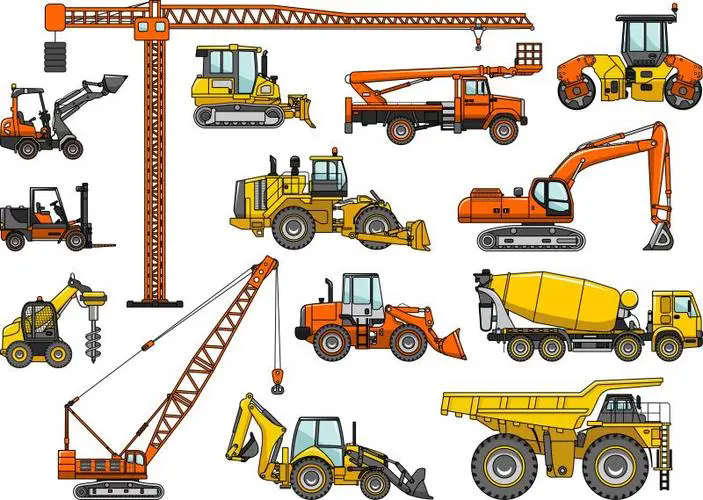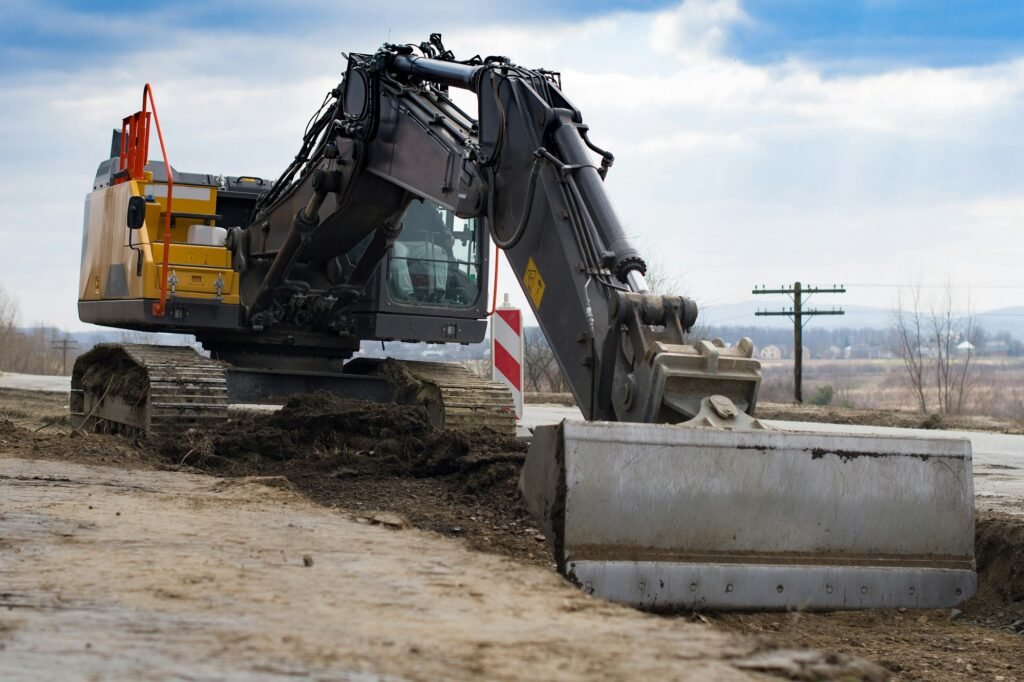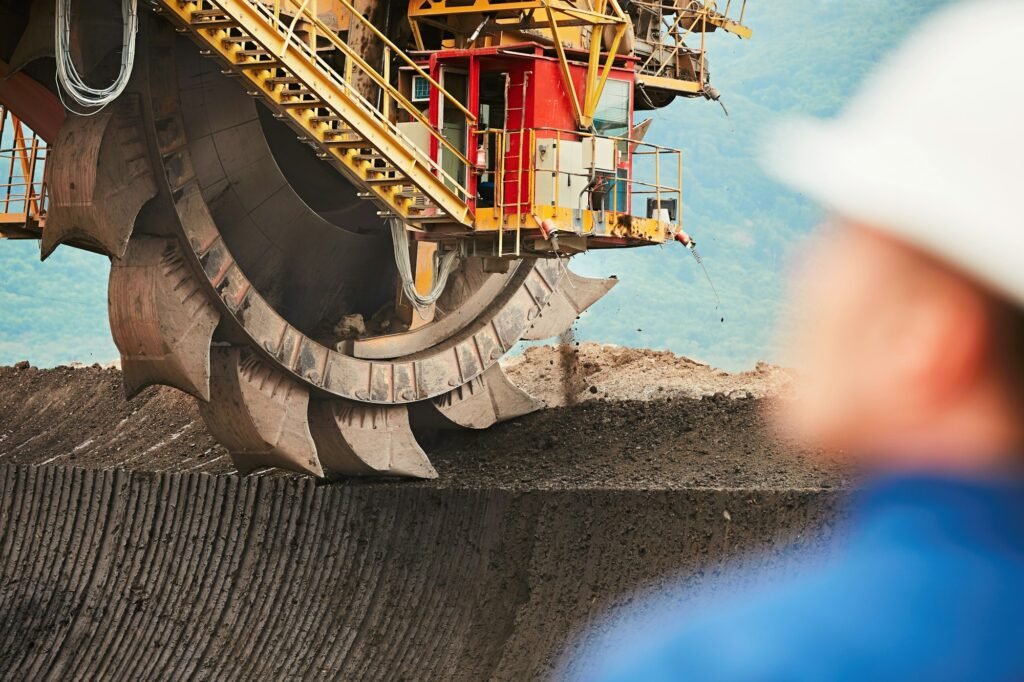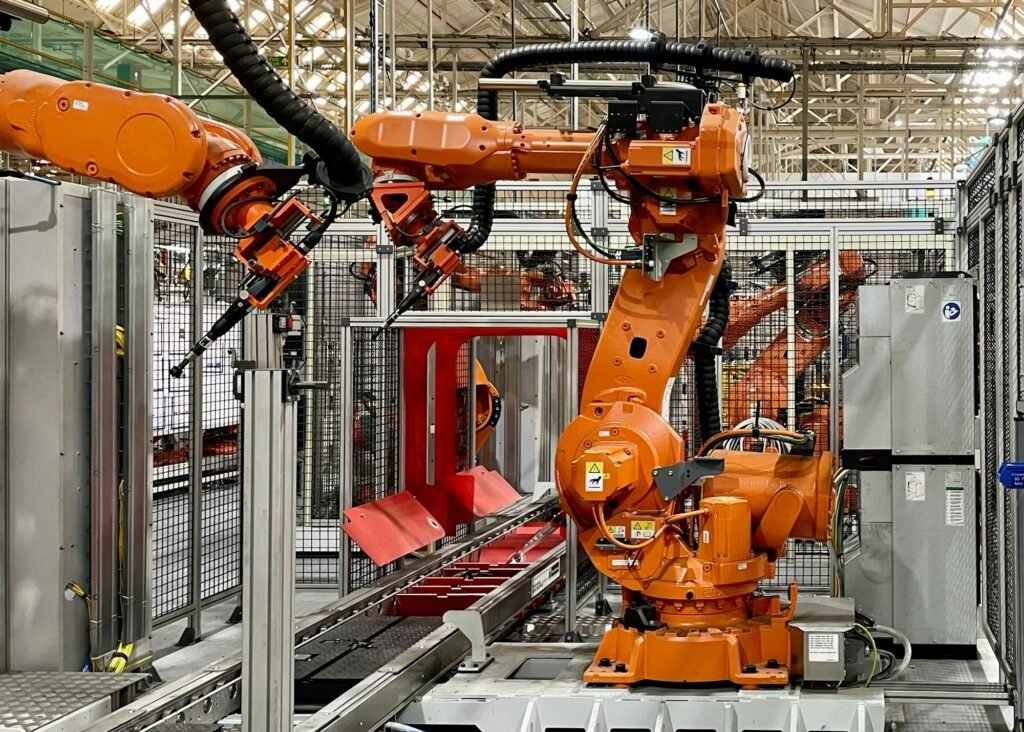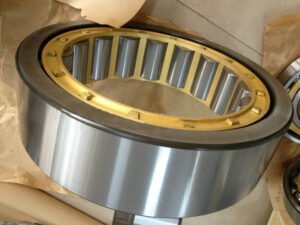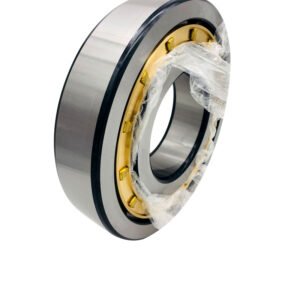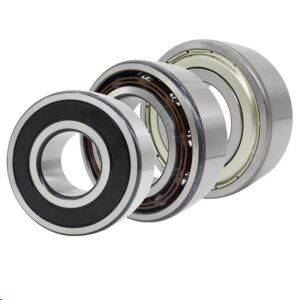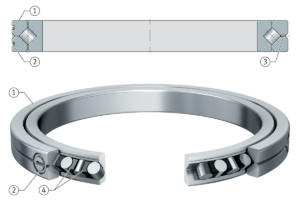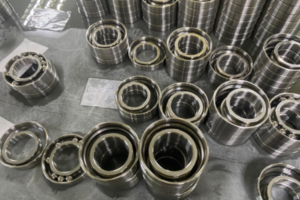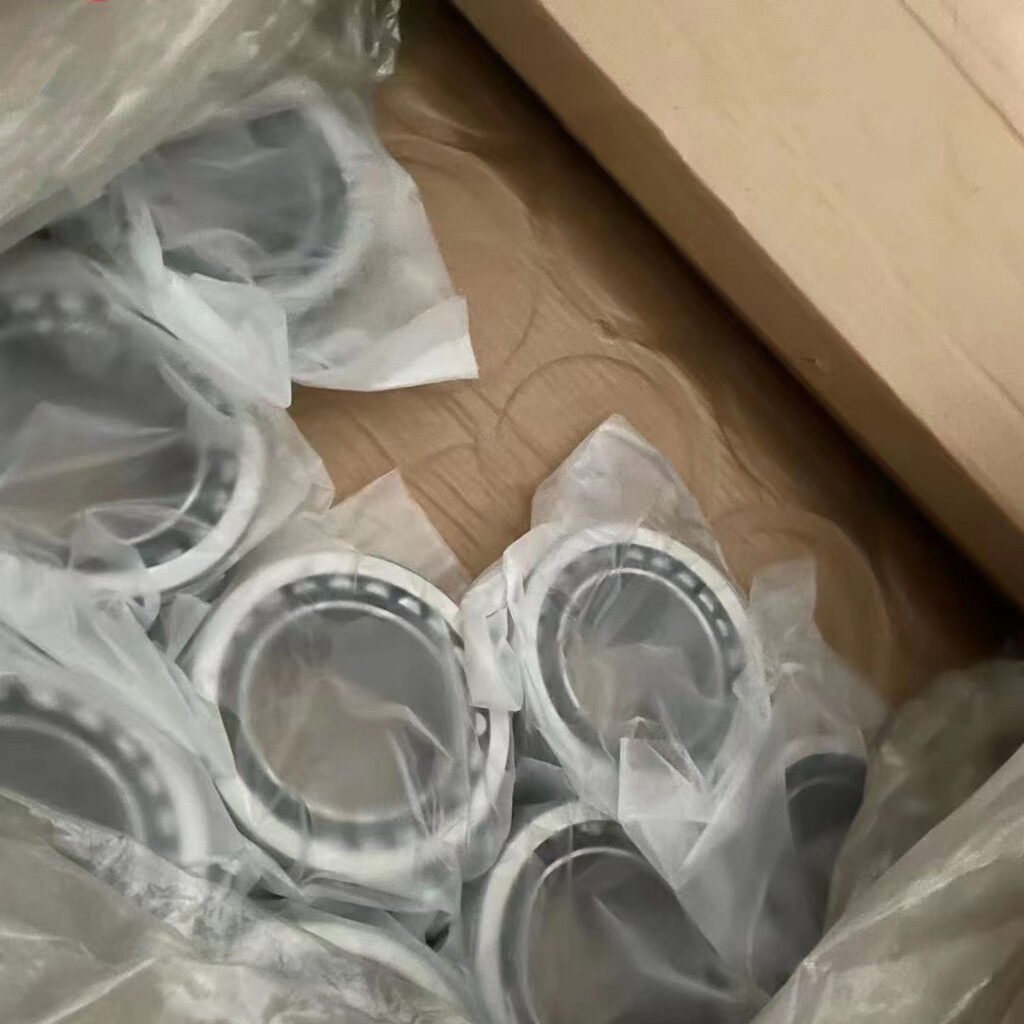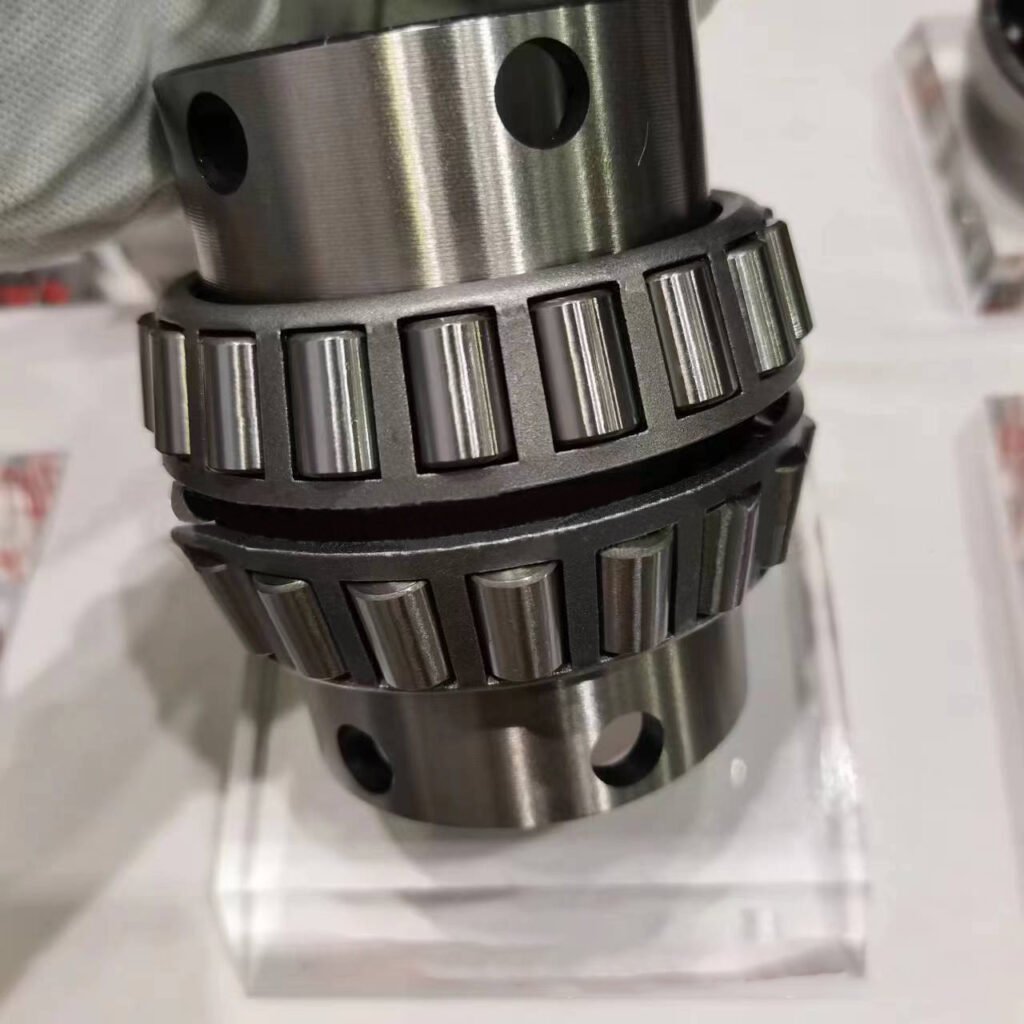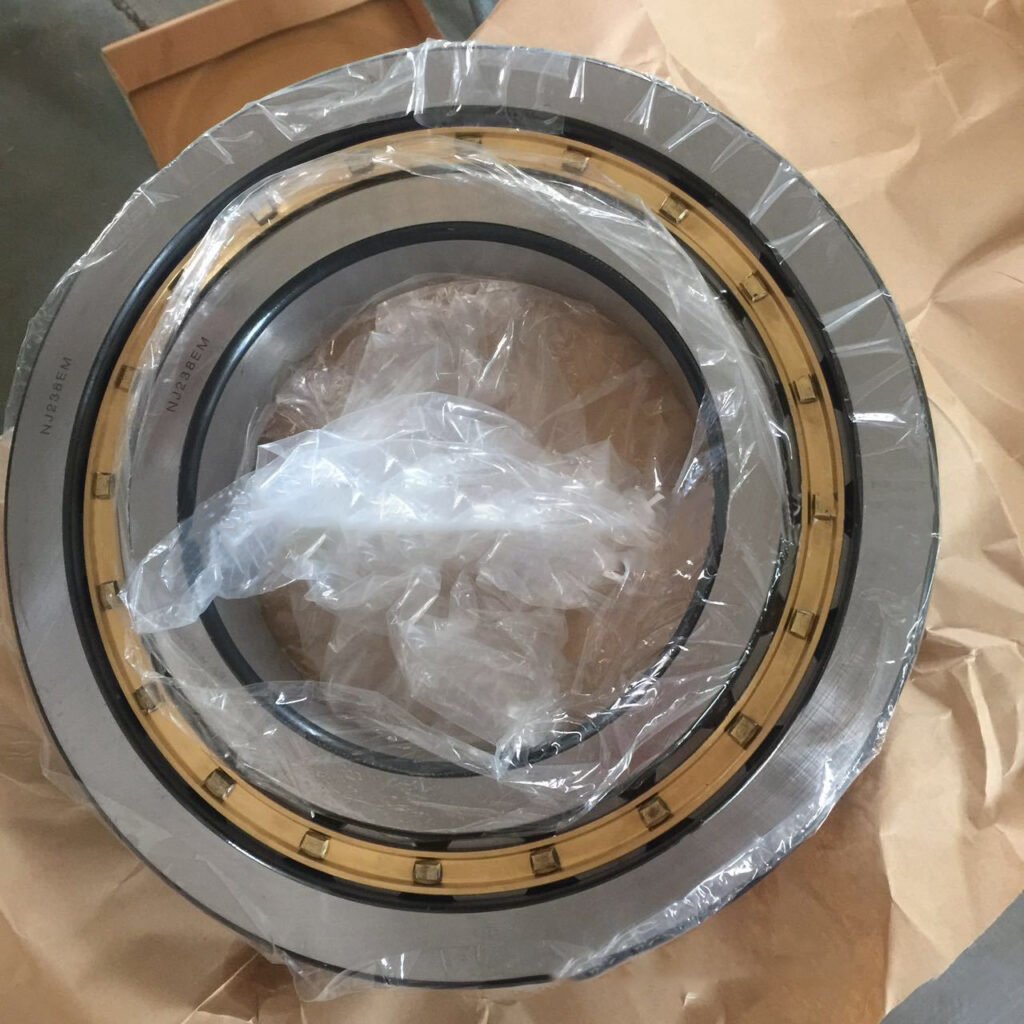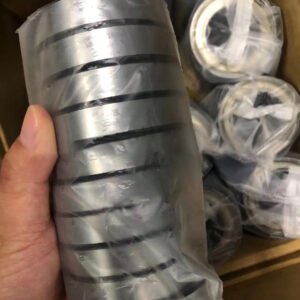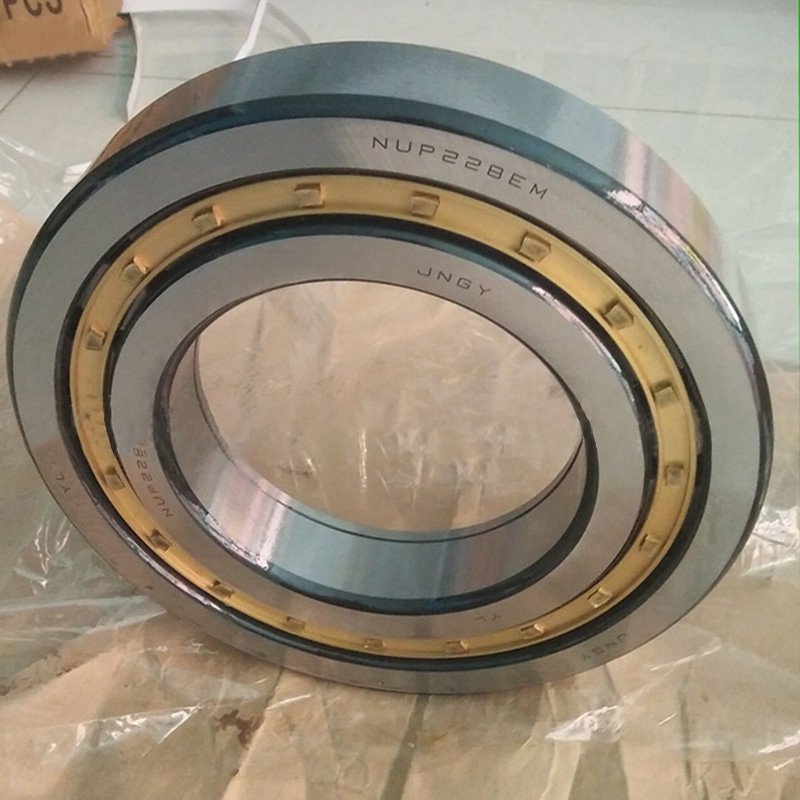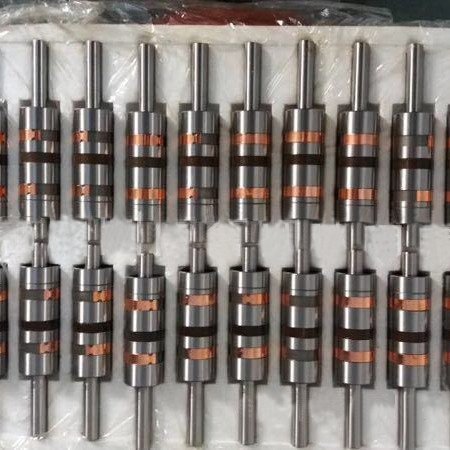Crossed roller bearings are essential components in precision machinery, providing smooth, low-friction motion while supporting both radial and axial loads. Their unique design and performance make them an ideal choice for various applications, from industrial machinery to robotics. In this article, we will dive deep into the specifics of crossed roller bearings, exploring what they are, the materials used in their construction, their key characteristics, advantages, and the wide range of industries where they are applied. By the end, you will have a comprehensive understanding of crossed roller bearings and how they contribute to machinery performance.
What is a Crossed Roller Bearing?
A crossed roller bearing is a type of rolling-element bearing that features cylindrical rollers arranged in a crisscross pattern. This design allows the bearing to support loads in both radial and axial directions simultaneously, making it ideal for applications requiring high load capacity and precision. The rollers in a crossed roller bearing are positioned at a 90-degree angle to one another, ensuring that the bearing can handle loads from multiple directions with minimal distortion.
Unlike traditional radial bearings, crossed roller bearings are often used in applications where space is limited but load requirements are high. The design provides greater stability, durability, and smooth rotation under load.
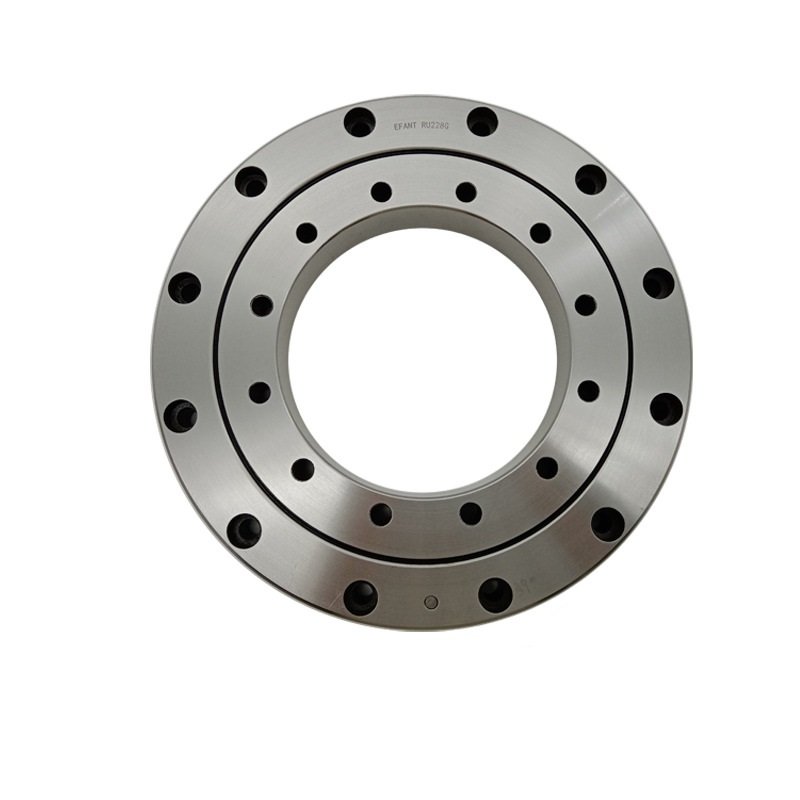
What Materials Are Generally Used for Crossed Roller Bearings?
Crossed roller bearings are typically made from high-quality materials to ensure strength, durability, and resistance to wear. Common materials used for these bearings include:
1. Steel: High-carbon steel or stainless steel is often used for the rings and rollers due to its strength and resistance to wear.
2. Ceramics: In some high-performance applications, ceramic materials may be used for the rollers or rings to reduce friction, increase corrosion resistance, and handle higher speeds.
3. Polymer Materials: In specific applications, the bearing cage may be made from high-performance polymers, which provide additional benefits such as noise reduction and low maintenance.
These materials are selected based on the application’s requirements for load capacity, speed, corrosion resistance, and environmental conditions.
What Are the Characteristics of Crossed Roller Bearings?
Crossed roller bearings have several distinct characteristics that make them stand out in precision engineering applications. Some of the most notable characteristics include:
1. Compact Design: Crossed roller bearings are generally smaller than traditional bearings, allowing them to fit in confined spaces while still providing high load capacity.
2. High Load Capacity: These bearings can handle both radial and axial loads, making them highly versatile and suitable for demanding applications.
3. Precision: The crossed arrangement of the rollers ensures high precision and smooth motion with minimal play or backlash.
4. Low Friction: The cylindrical rollers, combined with the unique cross-pattern, allow for smooth rotation with lower friction compared to other bearing types.
5. Rigid Support: The bearing offers rigid support with minimal deflection, making it ideal for applications requiring high accuracy and stability.
What Are the Advantages of Crossed Roller Bearings?
Crossed roller bearings offer several advantages over traditional roller and ball bearings, making them highly attractive in a variety of precision applications. Key benefits include:
1. High Precision: The crisscross design provides superior rigidity and accurate rotational movement, making them perfect for high-precision equipment like robotics, optical instruments, and CNC machines.
2. Load Capacity: The ability to support both radial and axial loads simultaneously makes crossed roller bearings ideal for heavy-duty applications in compact spaces.
3. Space Efficiency: With their compact design, crossed roller bearings allow for higher load capacity in smaller installations, making them suitable for use in confined spaces.
4. Reduced Wear and Tear: The arrangement of the rollers reduces contact stress and wear on the bearing surfaces, ensuring a longer service life.
5. Versatility: These bearings are available in many configurations, making them adaptable to a wide range of applications and machinery types.
In What Fields Are Crossed Roller Bearings Widely Used?
Crossed roller bearings are widely used in industries and applications that require precise, high-load capabilities in a compact form. Some key fields where these bearings excel include:
1. Robotics: Crossed roller bearings are frequently used in robotic joints and actuators, where they provide precise, high-load support in a small, lightweight design.
2. Medical Equipment: In devices like MRI machines and surgical robotics, crossed roller bearings offer high precision and reliability, essential for medical operations.
3. Optical Instruments: These bearings are often found in high-precision optical equipment, such as cameras, telescopes, and lasers, where stability and smooth motion are critical.
4. CNC Machines: In the machining industry, crossed roller bearings are used in the movement of cutting tools and workpieces, providing high load capacity and precision.
5. Aerospace: In aircraft landing gear and other critical aerospace components, crossed roller bearings provide the required load capacity and durability in confined spaces.
6. Semiconductor Manufacturing: High-precision crossed roller bearings are essential in semiconductor manufacturing equipment, where stability and accuracy are key to producing microchips.
Conclusion
Crossed roller bearings are indispensable components in modern engineering, offering a combination of precision, high load capacity, and space efficiency. Their unique design makes them ideal for applications in robotics, medical equipment, optical instruments, and more. By understanding their structure, characteristics, and advantages, you can see why these bearings are the go-to solution for industries that demand both performance and reliability. Whether you’re designing machinery, robotics systems, or precision instruments, incorporating crossed roller bearings can significantly enhance the efficiency and longevity of your equipment.

